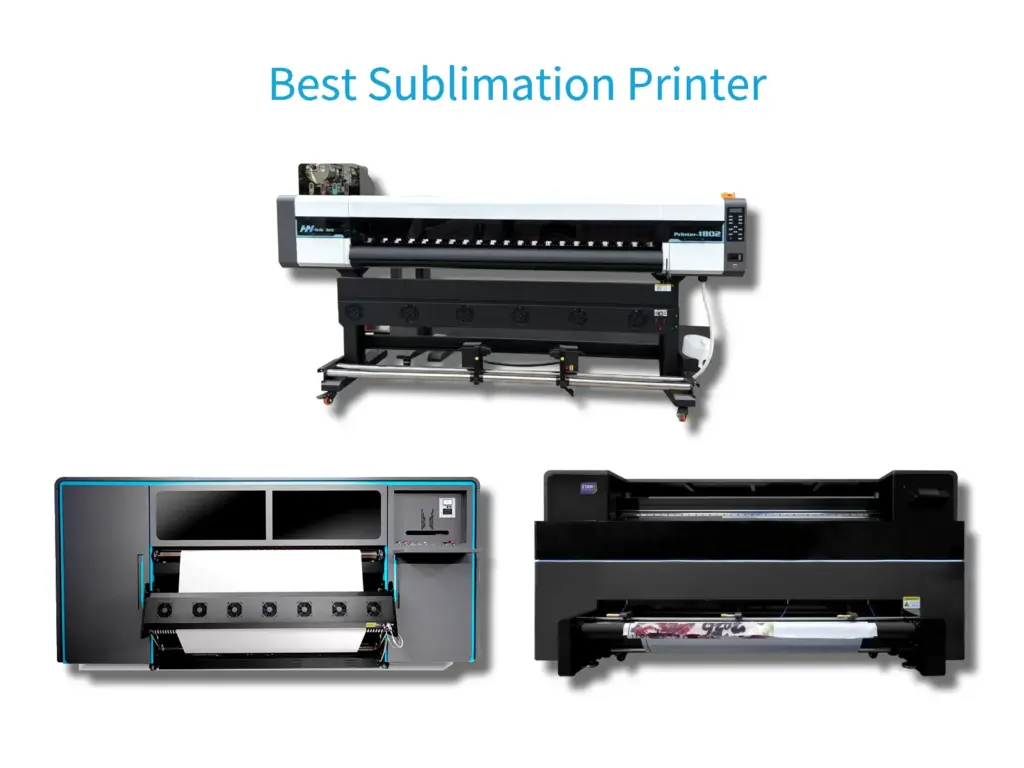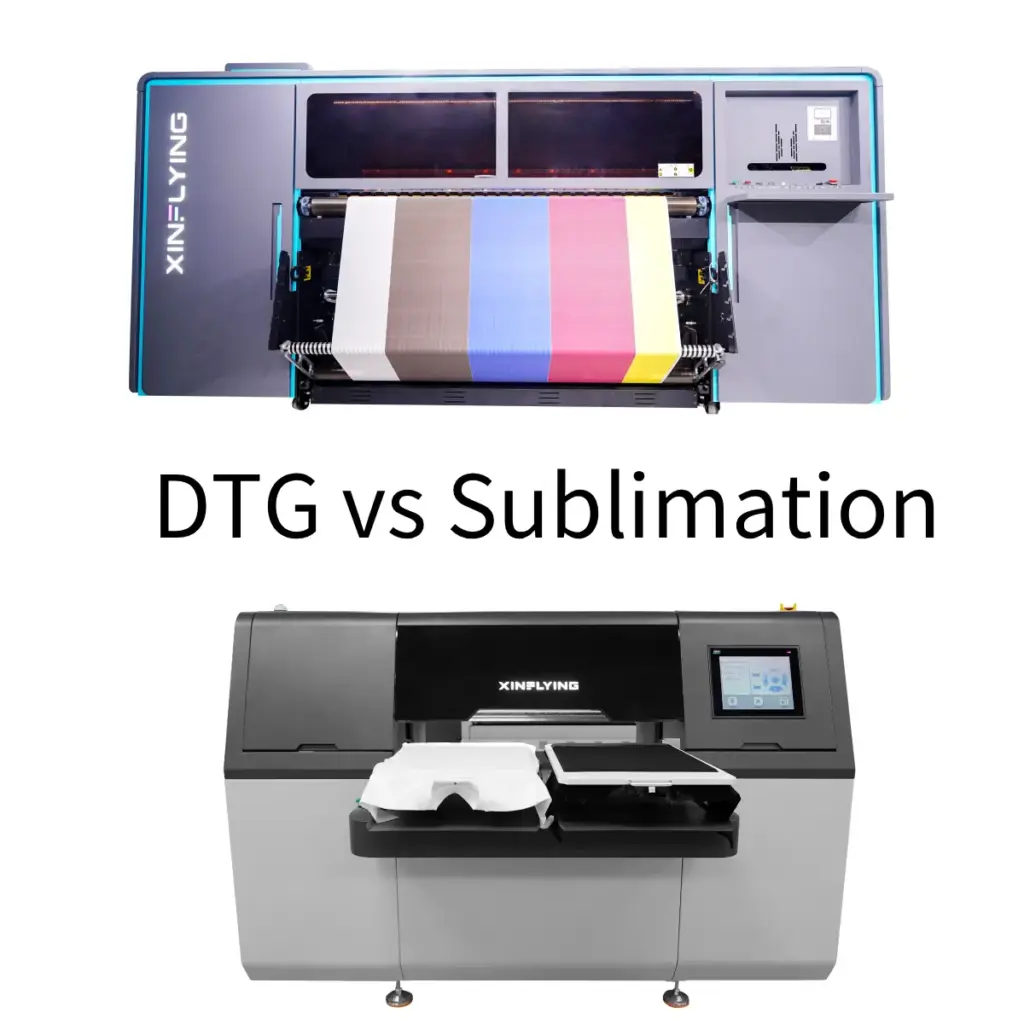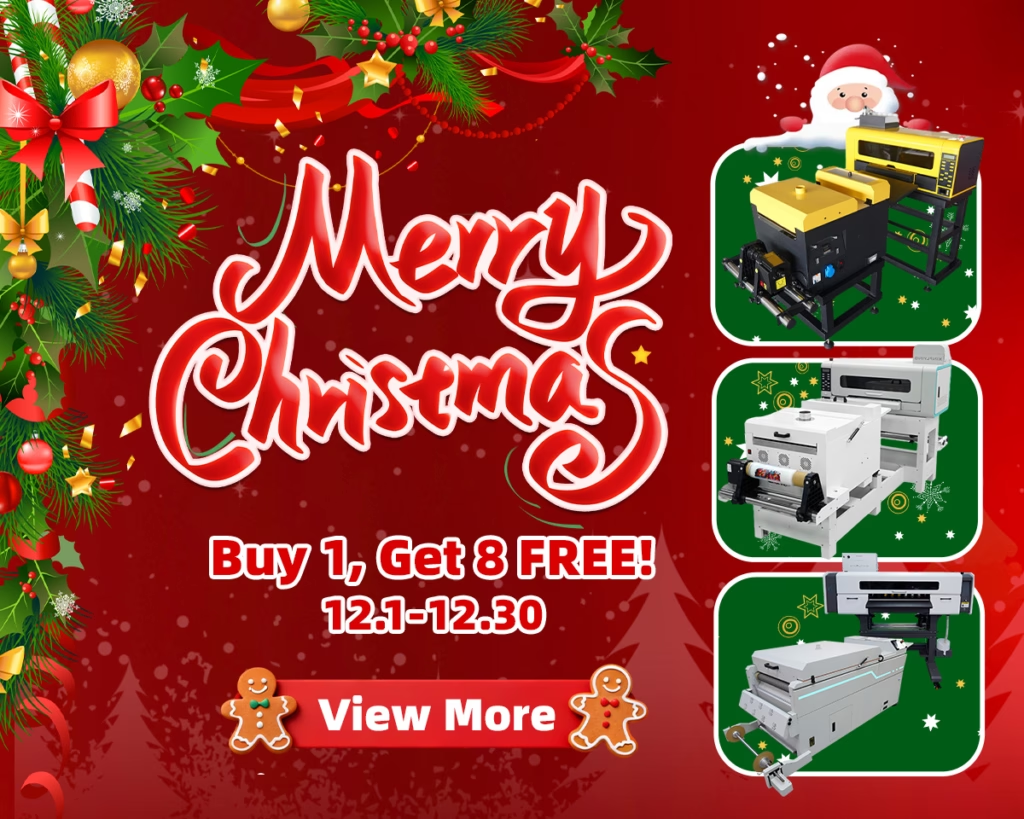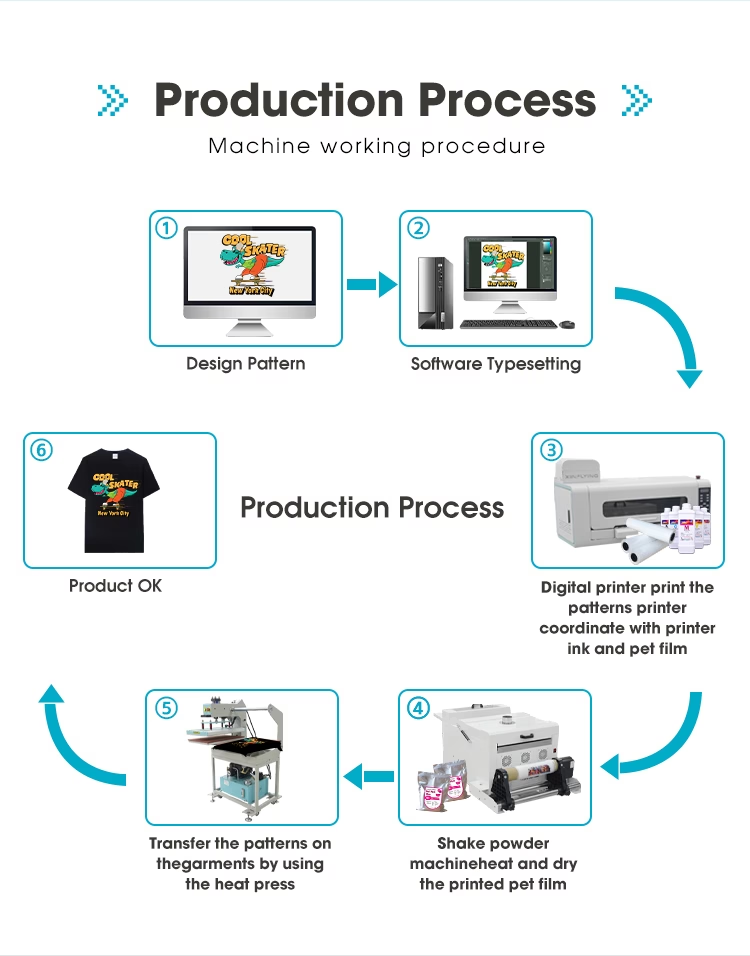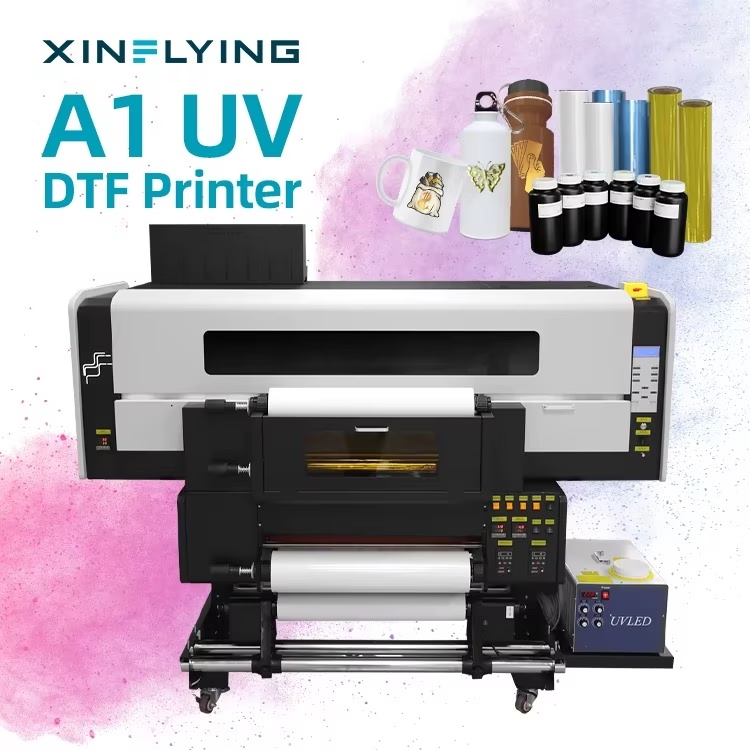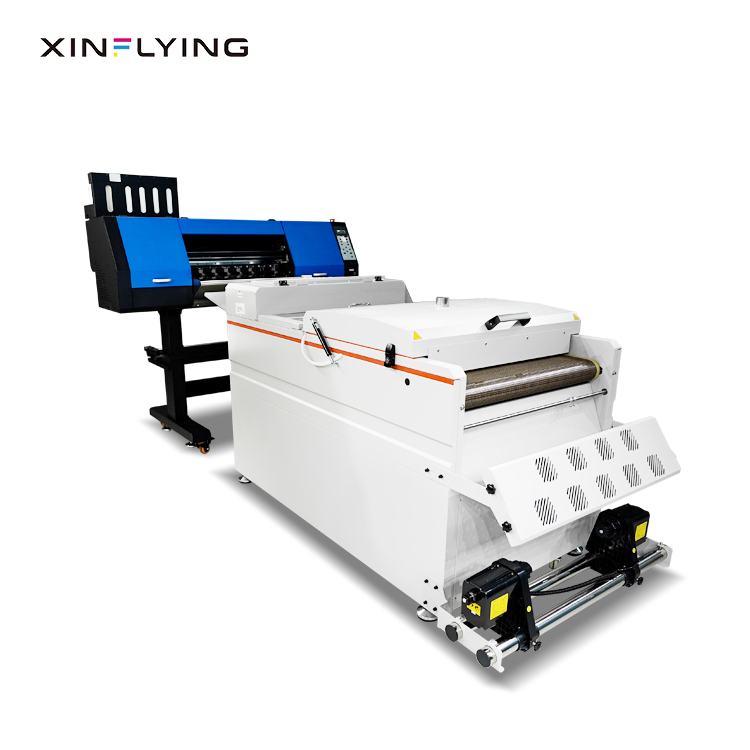
Digital overførselsfilm (DTF) Udskrivning er en innovative og alsidige Udskrivningsmetode, der har vundet popularitet i forskellige brancher. Det involverer at overføre digitale design til forskellige underlag, inklusive stoffer, keramik, og mere. Som en revolutionær udskrivningsteknik, DTF giver virksomheder mulighed for at skabe livlige og detaljerede tryk med enestående klarhed og holdbarhed.
Valg af ret DTF printer For din virksomhed er en afgørende beslutning, der kan påvirke markant Kvaliteten af dine udskrifter, Produktionseffektivitet, og samlet succes. Med en bred vifte af printere tilgængelige på markedet, Det er vigtigt at forstå de vigtigste faktorer, du skal overveje, før du foretager din investering. I denne artikel, Vi vil udforske de væsentlige overvejelser, der kan guide dig til at vælge den perfekte DTF -printer til dine forretningsbehov.
Udskriv kvalitet og opløsning

Når du vælger en DTF -printer til din virksomhed, Udskriv kvalitet og opløsning Spil en vigtig rolle i at opnå klare og detaljerede tryk. Højopløsningstryk sikrer, at billeder ser skarpe ud, med livlige farver og fine detaljer. Dette er især vigtigt for virksomheder, der beskæftiger sig med komplicerede design, logoer, eller fotorealistiske udskrifter.
For at bestemme en DTF -printers udskrivkvalitet og opløsning af en DTF -printer, det er vigtigt for Vurder printerens trykte hovedteknologi. Se efter funktioner såsom antallet af Udskriv hoveder, Dysekonfiguration, og dråbestørrelse. Flere udskrivningshoveder og en højere dysetæthed resulterer ofte i hurtigere udskrivningshastigheder og større farveflåhed. Derudover, Mindre dråbestørrelser kan producere glattere gradienter og finere detaljer i udskrifterne.
Overvej printerens evne til at levere ensartede farver på tværs af forskellige typer underlag og udskrivningsstørrelser. Nogle printere leveres med avancerede farvestyringssystemer eller farveprofileringsmuligheder for at sikre nøjagtig farverepræsentation. Evaluering af printhovedteknologien hjælper dig med at vælge en DTF -printer, der opfylder dine specifikke trykkvalitetskrav.
Ved at prioritere udskriftskvalitet og opløsning, Virksomheder kan sikre, at de leverer visuelt tiltalende og professionelle udskrifter til deres kunder. Med overlegen printteknologi, Du kan skille dig ud på markedet og overskride kundens forventninger.
Holdbarhed og lang levetid

Når du investerer i en DTF -printer, det er vigtigt at overveje Bygningskvalitet og materialer bruges i dens konstruktion. En robust og holdbar printer kan modstå strengheden ved daglig brug, sikre konsekvent ydeevne og lang levetid. Se efter printere konstrueret med materialer af høj kvalitet, såsom Robuste metalrammer eller forstærkede plastkomponenter. Vær opmærksom på den samlede byggekvalitet, såvel som opmærksomheden på detaljer i fremstillingen.
For virksomheder med høje produktionskrav, Det er vigtigt at vælge en DTF -printer, der er i stand til at håndtere tunge arbejdsbelastninger. Overvej Printerens toldcyklus, hvilket angiver den maksimale anbefalede arbejdsbyrde, den kan håndtere inden for en bestemt tidsramme. Valg af en printer med en højere driftscyklus sikrer jævn drift og minimerer risikoen for nedetid.
Vurdere Printerens trykhastighed og gennemstrømning også. En hurtigere printer giver dig mulighed for at gennemføre ordrer mere effektivt, bidrager til øget produktivitet og rentabilitet. Derudover, Overvej blæksystemets kapacitet og tilgængeligheden af muligheder for bulkblækforsyning for at reducere nedetid for udskiftning af blækpatron.
Ved at prioritere holdbarheden og vælge en printer, der kan håndtere tunge produktionsarbejdsbelastninger, Virksomheder kan minimere risikoen for nedbrud i udstyr og maksimere driftseffektiviteten. Investering i en pålidelig og langvarig printer sparer i sidste ende omkostningerne i det lange løb og sikrer uafbrudt udskrivningsoperationer.
Software og kompatibilitet
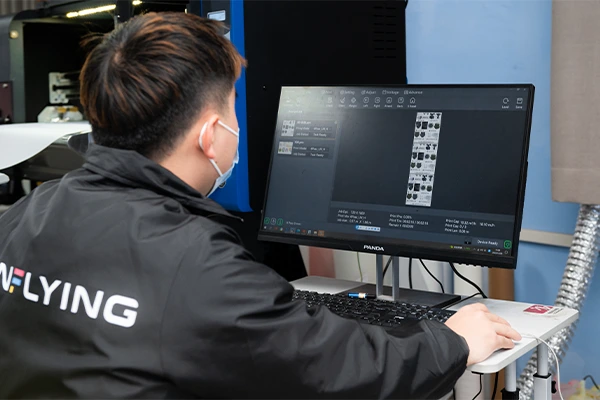
Når du vælger en DTF -printer, Overvej den software, der leveres af producenten. Se efter printere, der følger med Brugervenlig software der tilbyder en problemfri og intuitiv brugeroplevelse. Softwaren skal have en brugervenlig grænseflade, Tilladelse af nem navigation og en hurtig læringskurve for nye brugere.
Foruden brugervenlighed, Undersøg softwarens funktioner og funktionalitet. Sørg for, at det giver omfattende værktøjer til design, Redigering, og styring af trykte job. Se efter funktioner såsom billedstørrelse, Farvejustering, lagdeling, og evnen til at tilføje tekst eller grafik. Avancerede funktioner som farvehåndteringsværktøjer, Skabelonbiblioteker, og batchbehandling kan forbedre dine udskrivningsmuligheder markant.
Overvej kompatibiliteten af DTF -printeren med Forskellige designfilformater ofte brugt i branchen, såsom JPEG, Png, Tiff, eller vektorformater som AI eller EPS. Kompatibilitet med forskellige filformater sikrer, at du kan acceptere en lang række designfiler fra klienter, reducere eventuelle begrænsninger eller konverteringskrav.
Desuden, Kompatibilitet med industristandard designsoftware, såsom Adobe Photoshop eller Illustrator, Gør det lettere at arbejde med eksisterende designfiler og opretholde designkonsistens. Nogle printere kan også tilbyde plugins eller integrationsmuligheder med populær designsoftware - hvilket gør arbejdsgangen mere problemfri og praktisk.
Ved at vælge en DTF-printer med brugervenlig software og kompatibilitet med forskellige designfilformater, Virksomheder kan strømline deres arbejdsgang, Spar tid, og imødekomme ubesværet deres klienter’ Designbehov. Dette sikrer større fleksibilitet og forbedret effektivitet i levering af tryk af høj kvalitet.
Vedligeholdelse og support
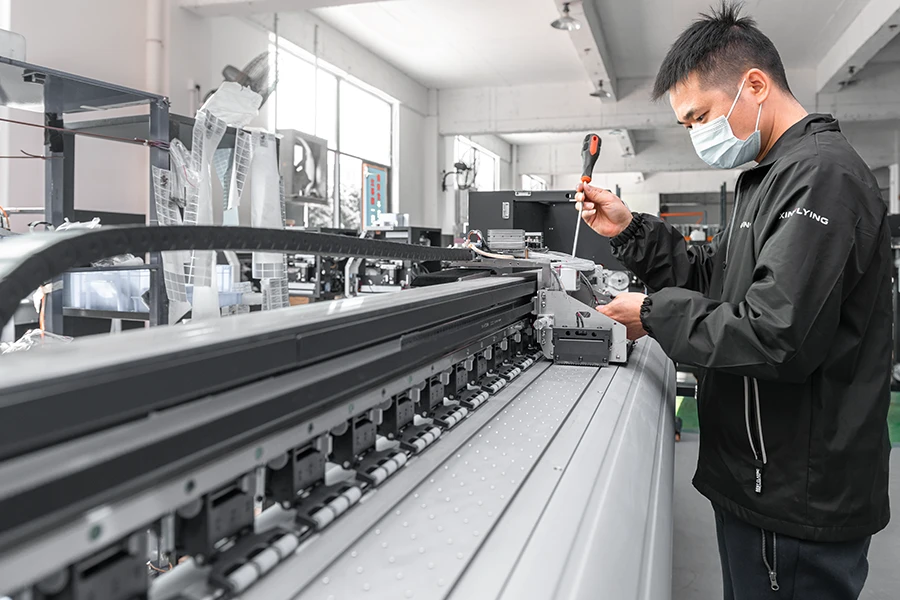
Overvej let vedligeholdelse Når du vælger en DTF -printer til din virksomhed. Se efter printere, der tilbyder Brugervenlige vedligeholdelsesprocedurer, såsom let adgang til trykte hoveder, DTF blæk Systemer, og andre komponenter, der kan kræve regelmæssig rengøring eller udskiftning. Tilgængeligheden af klar dokumentation og trin-for-trin-instruktioner kan gøre vedligeholdelsesopgaver enklere og reducere potentiel nedetid.
Derudover, Evaluer den krævede teknikerekspertise. Nogle printere kan kræve specialiseret uddannelse eller teknisk viden for at udføre vedligeholdelsesopgaver effektivt. Vurdere, om dit team har den krævede ekspertise, eller om yderligere træning ville være nødvendig for at sikre korrekt printervedligeholdelse.
Pålidelig kundesupport er afgørende, når man investerer i en DTF -printer. Sørg for, atDTF printer producent Tilbyder lydhøre og kyndige kundesupporttjenester. Dette inkluderer teknisk assistance til fejlfinding, eventuelle spørgsmål eller bekymringer, der kan opstå under drift, og hurtige svar på forespørgsler. Kontroller kundeanmeldelser og vidnesbyrd for at måle producentens ry for at yde fremragende kundesupport.
Desuden, Spørg om Garantikækning og tilgængeligheden af servicekontrakter eller udvidede garantier, som kan give ekstra beskyttelse og ro i sindet. En producent med et robust supportsystem kan give rettidige løsninger til eventuelle operationelle problemer, Minimering af potentielle forstyrrelser i din udskrivning af arbejdsgang.
Ved at overveje let vedligeholdelse og tilgængeligheden af pålidelig kundesupport, Virksomheder kan sikre, at deres DTF-printer er velholdt og understøttet i hele sin levetid. Dette hjælper med at opretholde ensartet udskrivningskvalitet, reducerer nedetid, og øger den samlede operationelle effektivitet.
Omkostninger og ROI

Når du vælger en DTF -printer til din virksomhed, Det er vigtigt at Vurder de oprindelige investeringsomkostninger. Dette inkluderer ikke kun omkostningerne ved selve printeren, men også ethvert yderligere tilbehør, Software, og vedligeholdelseskrav. Overvej dit budget og sammenlign omkostningerne ved forskellige printermodeller for at finde den, der bedst passer til dine økonomiske kapaciteter.
Imidlertid, Det er vigtigt at huske, at de oprindelige investeringsomkostninger ikke bør være den eneste bestemmende faktor. Billigere printere kan have begrænsninger med hensyn til udskriftskvalitet, holdbarhed, eller funktionalitet. Afbalanceringsomkostninger med andre faktorer, såsom udskriftskvalitet og langsigtet produktivitet, Vil hjælpe dig med at tage en mere informeret beslutning.
At vurdere det potentielle afkast af investeringerne (Roi) af en DTF -printer, Overvej faktorer som din Forventet produktionsvolumen og den prisfastsættelse, du kan opkræve for dine produkter. Evaluer printerens evne til at håndtere dit forventede volumen effektivt og dens indflydelse på din samlede produktivitet.
Bestem fortjenstmargenerne for dine produkter, og beregn, hvor mange enheder du har brug for at sælge for at inddrive printerens oprindelige investeringsomkostninger. Det er også vigtigt at overveje den sparede tid og reduktionen i outsourcingomkostninger, som DTF -printeren kan give, bidrager til øget rentabilitet.
Derudover, faktor i Eventuelle potentielle vækstmuligheder Og hvordan printerens kapaciteter er i overensstemmelse med dine forretningsmæssige mål. En printer, der kan rumme nye produkter, Større udskrivninger, eller varierede substratindstillinger kan give en højere ROI på lang sigt.
Ved omhyggeligt at evaluere de oprindelige investeringsomkostninger og beregne den potentielle ROI baseret på produktionsvolumen og prisfastsættelse, Virksomheder kan tage en økonomisk sund beslutning, når man vælger en DTF -printer. Dette sikrer, at printeren ikke kun imødekommer deres øjeblikkelige behov, men også bidrager til langsigtet rentabilitet og vækst.
Konklusion

Som konklusion, Valg af den rigtige DTF -printer kræver omhyggelig overvejelse af forskellige faktorer. Ved Evaluering af trykkvalitet, holdbarhed, softwarekompatibilitet, vedligeholdelseskrav, og økonomiske konsekvenser, Virksomheder kan tage en informeret beslutning. Grundig forskning og sammenligning er nødvendig for at finde en printer, der er i overensstemmelse med dine unikke behov, At sikre langsigtet succes i den dynamiske og krævende trykindustri.

